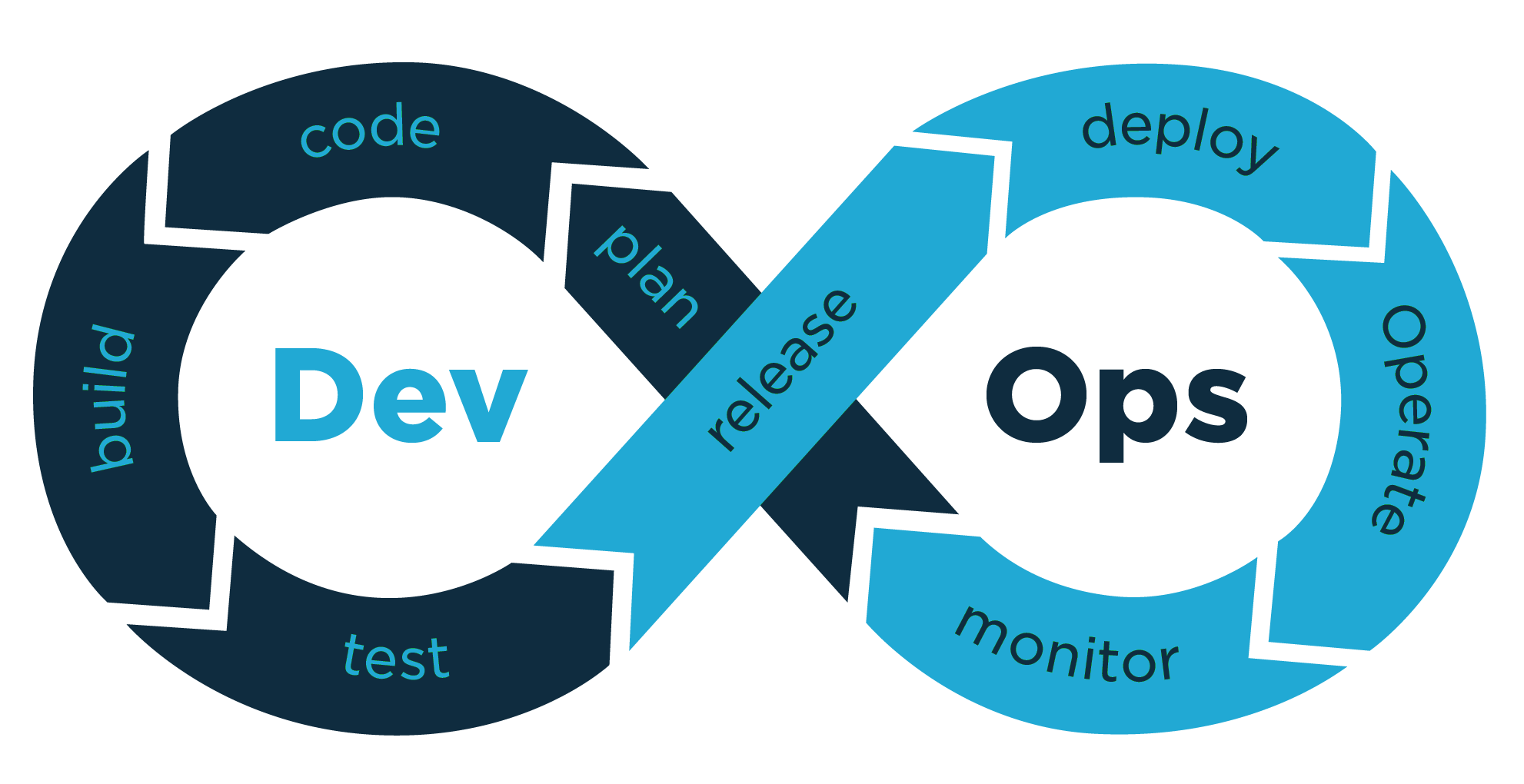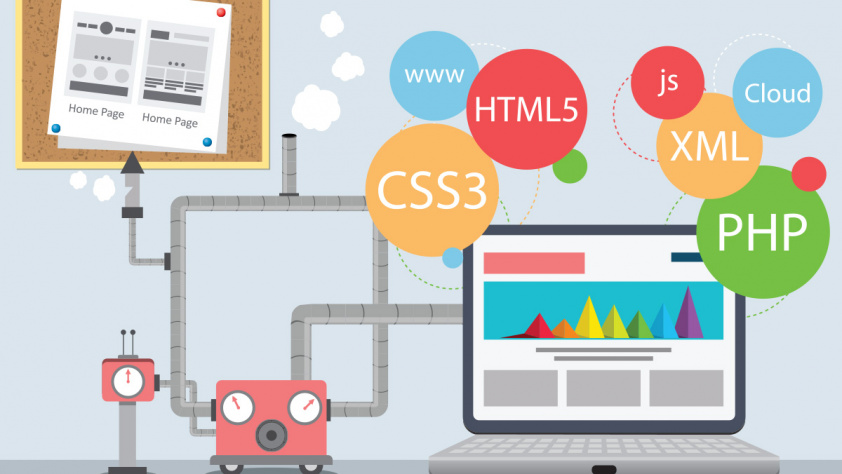In the ever-evolving landscape of software development and operations, efficiency is paramount. The need for faster, more reliable, and secure software practices has led to the emergence of methodologies like DevOps, DevSecOps, and Site Reliability Engineering (SRE). In this guide, we’ll explore these methodologies, their distinctions, and their vital roles in modern software practices.
The importance of efficient software development and operations cannot be overstated. It’s the engine driving innovation and user satisfaction in today’s digital world. As technology advances, so do the demands of users, making the need for streamlined and reliable software practices even more critical.
1. DevOps: Streamlining Development and Operations
Definition of DevOps: DevOps is a set of practices that emphasize collaboration and communication between software development (Dev) and IT operations (Ops). It aims to automate and integrate the processes of software development, testing, and deployment, leading to faster and more reliable releases.
Core Principles of DevOps: DevOps is founded on several core principles:
- Collaboration: Breaking down silos and fostering communication between development and operations teams.
- Automation: Automating repetitive tasks to increase efficiency and reduce errors.
- Continuous Integration/Continuous Delivery (CI/CD): Implementing automated testing and deployment pipelines for rapid software delivery.
Primary Goal of DevOps: DevOps primarily aims to accelerate software development and deployment. It strives to eliminate bottlenecks, reduce lead times, and improve the overall quality of software releases.
2. DevSecOps: Integrating Security into DevOps
Definition of DevSecOps: DevSecOps is an extension of DevOps that integrates security practices into the software development lifecycle. It places a strong emphasis on incorporating security measures from the outset of development, rather than as an afterthought.
Integration of Security: DevSecOps integrates security practices such as vulnerability scanning, security testing, and code analysis directly into DevOps workflows. This ensures that security is considered throughout the development process.
Shared Responsibility for Security: In DevSecOps, security becomes a shared responsibility among development, operations, and security teams. Everyone plays a role in identifying and mitigating security risks.
3. SRE (Site Reliability Engineering): Ensuring Reliability at Scale
Definition of SRE: Site Reliability Engineering (SRE) is a discipline that originated at Google. It focuses on ensuring the reliability, availability, and performance of applications and services. SREs use engineering principles to design and operate scalable and highly reliable systems.
Primary Focus of SRE: SRE places its primary focus on the reliability and resilience of systems. It does so by setting Service Level Objectives (SLOs) and managing error budgets to maintain a balance between reliability and feature development.
SRE Principles: Key SRE principles include automation, monitoring, incident response, capacity planning, and change management. These principles help maintain a high level of service reliability.
4. Key Differences: DevOps vs DevSecOps vs SRE
Primary Goals:
- DevOps: Efficiency, speed, and collaboration in software development and deployment.
- DevSecOps: Integrating security into DevOps, ensuring secure software practices.
- SRE: Ensuring the reliability and availability of services.
Team Structures and Responsibilities:
- DevOps: Cross-functional teams collaborating on development and operations.
- DevSecOps: Collaboration between development, operations, and security teams.
- SRE: SRE teams focused on reliability engineering and system performance.
Impact on the Software Development Lifecycle:
- DevOps: Encompasses the entire software development lifecycle, from planning to deployment.
- DevSecOps: Integrates security throughout the software development lifecycle.
- SRE: Primarily focuses on the post-deployment phase, ensuring reliability in production.
Key Metrics and Performance Indicators:
- DevOps: Lead time, deployment frequency, and mean time to recover (MTTR).
- DevSecOps: Vulnerability identification and remediation rates.
- SRE: SLO adherence, error budgets, and service availability.
5. Benefits and Challenges of Each Methodology
Benefits:
- DevOps: Faster releases, increased collaboration, and improved software quality.
- DevSecOps: Enhanced security, reduced vulnerabilities, and early threat detection.
- SRE: Improved reliability, better user experience, and efficient incident management.
Challenges:
- DevOps: Resistance to change, potential for reduced security.
- DevSecOps: Cultural resistance, integration complexities.
- SRE: Requires dedicated SRE teams, resource-intensive.
6. Case Studies: Real-World Implementations
Explore real-world examples of organizations or projects that have successfully adopted these methodologies, showcasing their outcomes and lessons learned.
7. When to Choose DevOps, DevSecOps, or SRE
Offer guidance on how organizations can determine which methodology aligns best with their specific needs and objectives. Factors to consider include project size, industry regulations, and risk tolerance.
Conclusion
In the ever-evolving landscape of software practices, DevOps, DevSecOps, and SRE each bring unique strengths to the table. While they have distinct focuses, they can also complement each other, creating a more comprehensive approach to software development, security, and reliability. In a world where software drives innovation, having these methodologies in your toolkit is essential for success.



